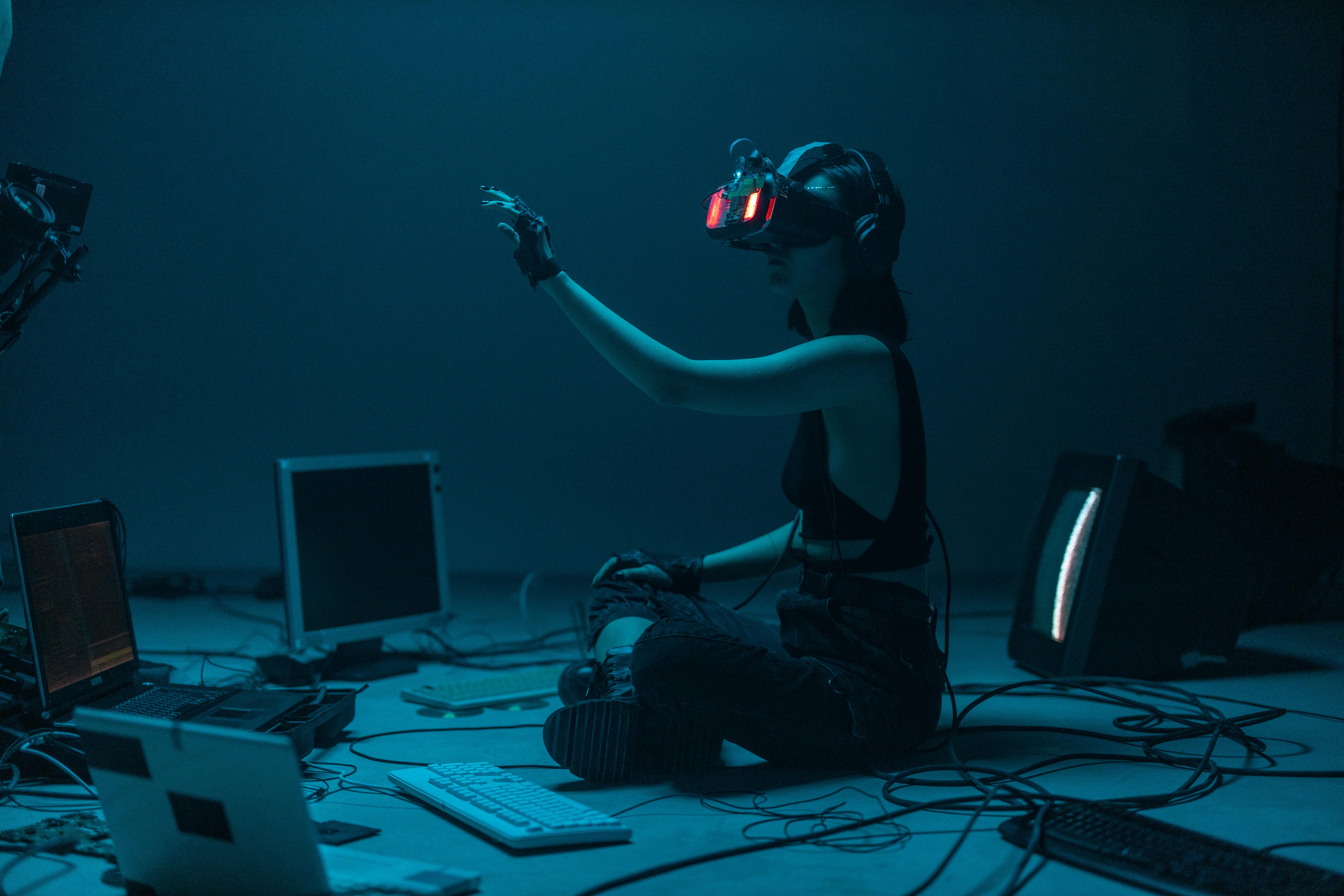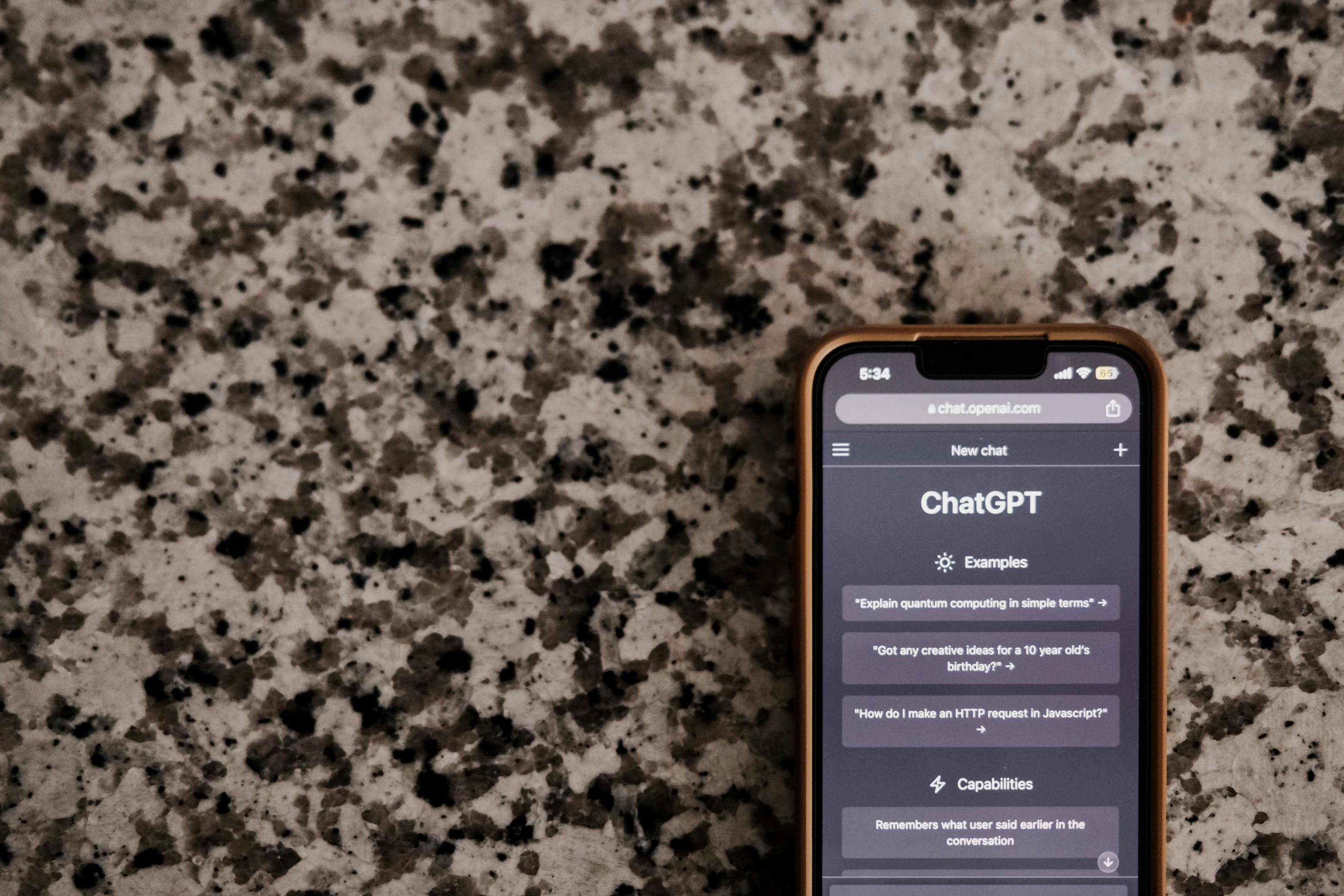AI vs Creative Writers: Exploring the Underlying Conflict in the Writers' Strike

The advent of technology has disrupted many industries, and the creative field has not been immune to these changes. Particularly, one of the most controversial disruptions has been the rise of artificial intelligence (AI) in the content creation landscape. Notably, this has ignited growing tension between authors, screenwriters, and the tech industry, leading to significant debates about the future of creativity and originality.
AI and the Writers' Struggle Seen Through Language Generation Models
AI and language generation models, such as GPT-3 by OpenAI, have undeniably transformed the way content is created. These AI-generated texts have infiltrated the literary world, threatening to replace human writers at certain levels. The intricate designs of these algorithms, which can produce highly readable and stylistically refined prose, have left writers conflicic. GPT-3, for instance, produces content that very closely mimics a human's ability to write, stirring anxieties amongst writers about their future relevance and sustenance in an AI-dominated writing landscape.
The Writers Strike: An Emblem of the Brewing Tension
An emblematic illustration of the increasing tension between AI and writers has been the writers strike. This has emerged as a palpable reaction towards the encroachment of AI into traditional writing territories. The strike uncovers a disconcerting reality for writers - the digitization of language and the commercialization of creativity. It pushes to the fore critical questions about writers' rights and the potential devaluation of the human's role in an AI-laden writing industry.
The Ethical Conundrum: Should AI Write?
While AI and language generation models promise efficiency and scalability, their integration into writing surfaces ethical dilemmas. Arguably, the largest concern revolves around originality. Can AI, a machine-generated entity, truly create original content? Or is it merely regurgitating information fed to it, thus undermining the essence of creativity? These are not moot questions to ask in an era of increased digitization.
Copyright and Attribution: Unsettling Legal Quarries
Another significant concern, and arguably one associated with potential legal repercussions, is that of copyright and attribution. If an AI model, such as GPT-3, produces a text, who owns the copyright? Is it the developer who programmed the AI, or the AI itself, as the creator of the text? These legal uncertainties further complicate the already complex entanglement of AI in writing.
The Future of Writing: A Harmonized Relationship?
Despite the underlying tensions, a future where AI and human writers coexist is not inconceivable. The potential benefits of AI in automating mundane tasks, assisting with research, and editing cannot be overlooked. Instead of viewing AI as a threat, writers could synchronize with AI to create a harmonized relationship. This could bring about a new era in the writing industry where humans and machines collaborate, each part maximizing its strength and potential.
In conclusion, as AI continues to grow and revolutionize various sectors, its impact in the writing industry needs thoughtful assessment. Rather than resisting this technological advancement, a collective effort must be made by writers, legislative bodies, and tech industry professionals to navigate and shape its influence positively.



